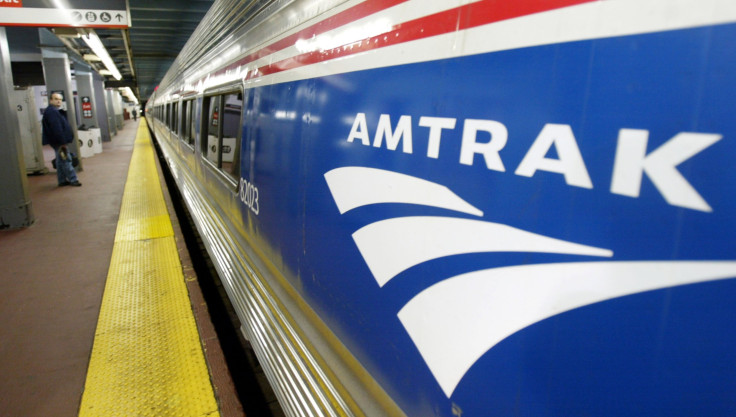How To Get Back On Track After COVID-19

Like many enterprises throughout the economy, Amtrak is facing the challenge of rebuilding after COVID-19.
As the chair of the Port Authority of New York and New Jersey from 2003 to 2011, I played a role in rebuilding the World Trade Center site in lower Manhattan after 9/11. In the immediate aftermath of that terrible day, many doubted New York would ever regain its footing. As a country and a city we never lost heart, and we rebuilt.
In recent weeks, there has been much talk about how investments in infrastructure can help lead an economic recovery. This is certainly true of investing in our national passenger rail system. But in rebuilding, we should also rethink the role of intercity passenger rail and how it can be transformed to meet our nation’s needs in the decades ahead. In practice, this means a passenger rail system that can not only be a cornerstone of our economic growth strategy but also help address our extraordinary climate challenges, and repair long-standing inequities in the travel options that are available to our nation’s cities.
Amtrak was created in 1970 as a result of the nation’s private railroads' retreat from the passenger business as highways, suburbs and air travel became ubiquitous thanks to federal investments and advocacy. The country's new interstates and airports were the envy of the world -- while some of our biggest railroads took refuge in mergers and bankruptcies.
Visionary members of Congress sensed that intercity passenger rail had a future, particularly along densely populated corridors. While it took more than 40 years, Amtrak and our nation finally caught up with each other over the past decade, as urban centers regained prominence and Amtrak ridership grew dramatically.
By the beginning of 2020, Amtrak, through ticket revenues and support from states, was on track for an operating profit for the first time in its near 50-year history. The question was no longer whether intercity passenger rail service was necessary, but how to improve and expand it.
Our nation's highways have a dedicated source of funding for their upkeep through the gasoline taxes flowing into the federal Highway Trust Fund. Air travel receives support through the federal Airport Improvement Program and "passenger facility charge" fees collected on each ticket. Passenger rail has no such dedicated funding.
Despite this, Amtrak’s better financial performance has allowed us to start funding long-overdue capital improvements to the Amtrak system, like upgrading our Acela trains, and launching major infrastructure and station projects with federal and state partners across the nation.
Then came COVID-19, and a 95 percent decline in Amtrak ridership since early March. Most projections show that ridership is unlikely to return to pre-COVID levels anytime soon. The question now becomes, "What's next?"
The answer is it's time to invest in intercity passenger rail service and support our system with a long-term funding source so we can expand and improve service across the nation. Places like Colorado's Front Range, Nashville, Atlanta, Austin and Mobile currently have little or no Amtrak service. They and others are clamoring for an environmentally-sound alternative to driving on snarled roads or flying in crowded airplanes.
The aged Amtrak-owned infrastructure along the Northeast Corridor is already the busiest passenger line on the continent and the backbone of the northeast commuter rail network. With investment, we can grow, speed-up and make more reliable all of these services.
As we recover from the challenges of a national health crisis, mobility will play a key role in determining the quality of life and economic opportunity available to all Americans. Amtrak is committed to fully restoring interrupted service (including the National Network) with both adequate funding and expanding the choice of people to once again move around the country safely by rail – for business, to visit family and friends, and to see America.
But enhanced mobility won't be the only benefit. Investments in intercity passenger rail will lead to improved quality of life, better jobs, great economic opportunity, and a cleaner environment.
Luckily, Congress will soon have the chance to make such investments as it works to set the policies that guide and fund our surface transportation system.
Let's learn from our adversity and put ourselves on the right track.
Tony Coscia is Amtrak's chairman of the board.
© Copyright IBTimes 2024. All rights reserved.





















